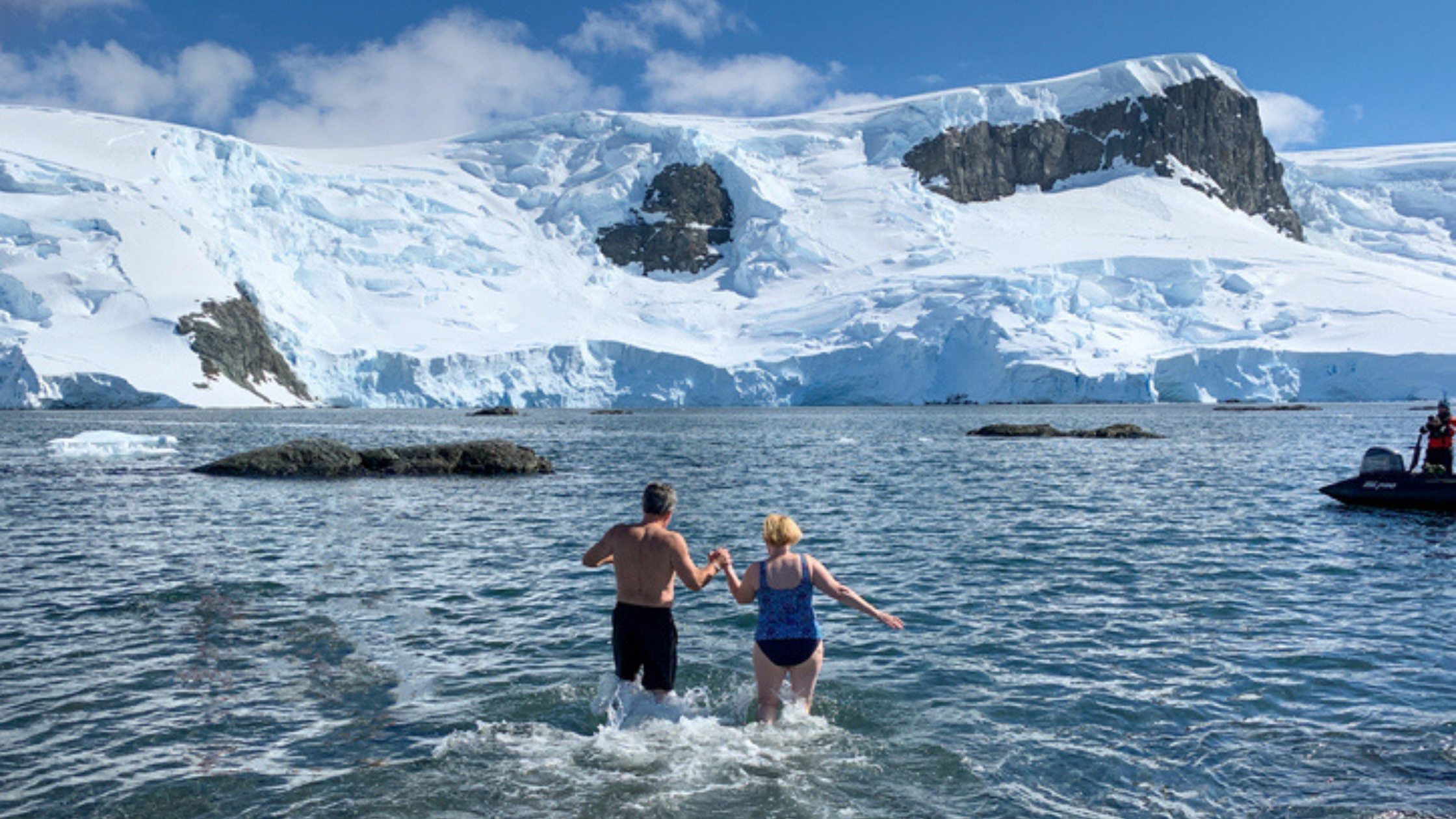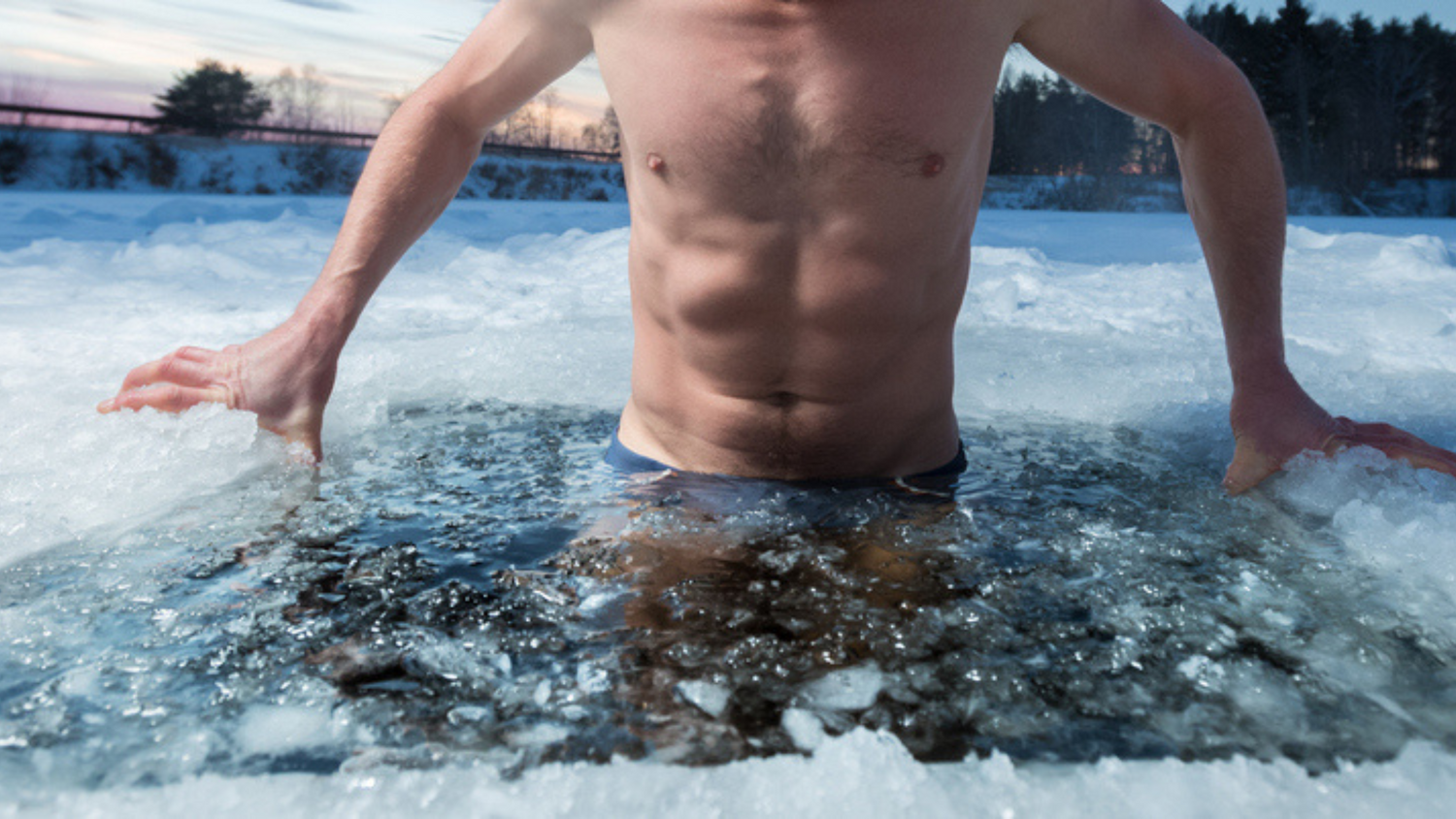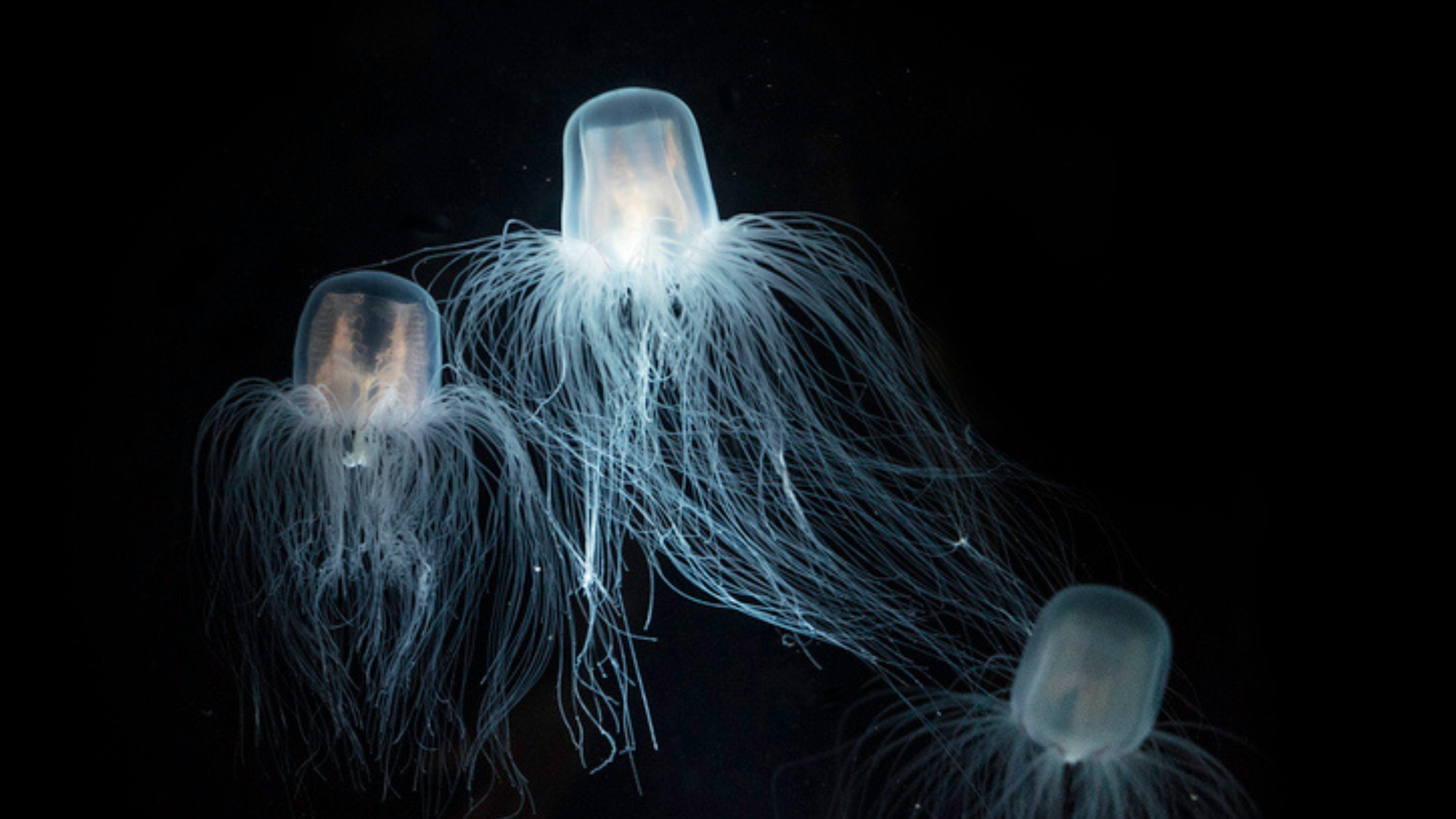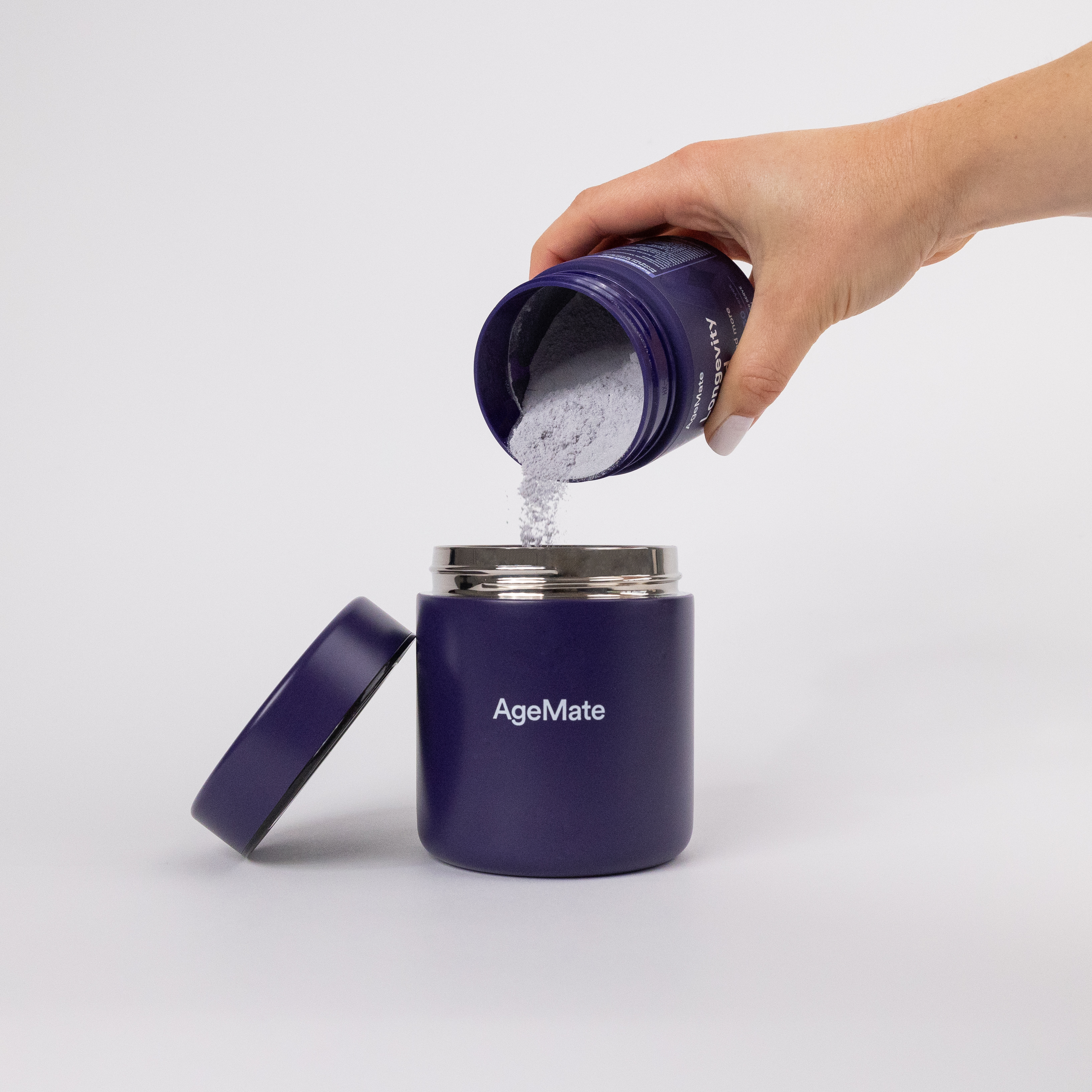Did you know that immersing yourself in cold water could do more than just give you the chills? It’s a practice that has been embraced from ancient Roman times to modern-day wellness enthusiasts.
This age-old ritual, known as a cold plunge, is not just about testing your limits against the cold but unlocking a spectrum of health benefits. But what exactly is a cold plunge, and what miraculous benefits does it hold? Let's dive into the chilly depths to discover the intriguing world of cold plunges.
What is a Cold Plunge?
A cold plunge, also known as cold water immersion, is the practice of immersing oneself in cold water, usually at temperatures below 15°C (59°F), for short periods. This can be done in natural waters or specially designed cold plunge pools. The essence of this practice lies in its ability to expose the body to extreme cold, triggering a range of beneficial physiological responses.
What Are the Benefits of a Cold Plunge?
The benefits of cold plunging are extensive and impactful. Regular engagement in this chilly practice can yield numerous advantages for both physical and mental well-being.
💧One significant benefit is its positive effect on cardiovascular health. Cold plunging enhances blood flow and reduces inflammation, resulting in lowered blood pressure and improved recovery times from strenuous activities.
💧Additionally, practitioners often experience bolstered immune system performance, leading to a decrease in the incidence of colds among regular participants (R).
💧On the mental health front, the shock of cold water immersion (CWI) stimulates endorphin release, acting as a natural mood lifter and stress reducer. Furthermore, the increase in metabolic rate to generate warmth during cold plunging can aid in weight management (R).
💧However, it's important to consider potential drawbacks and nuances associated with cold plunging. While it effectively reduces muscle soreness post-exercise, it may not significantly alter the inflammatory response in muscles after resistance exercise (R).
💧Additionally, regular CWI post-exercise might attenuate long-term gains in muscle mass and strength by interfering with key proteins involved in hypertrophy signalling pathways and satellite cell activity (R).
💧 However, despite these physiological changes, CWI has been shown not to inhibit the repeated bout effect (RBE), suggesting that it can be incorporated into recovery protocols without compromising the adaptive benefits of exercise (R).
While cold plunging offers numerous advantages, it's essential to consider individual factors and potential trade-offs when incorporating it into one's wellness routine.

Negative Effects and Risks of Cold Plunges
While the benefits of a cold plunge are compelling, it's essential to approach this practice with caution. Cold plunges, or cold water immersion, can have various negative effects and pose certain risks, especially in susceptible individuals or when not practised correctly:
💧Cold work environments can lead to musculoskeletal complaints, respiratory symptoms, and cardiovascular issues. In particular, exposure to cold can exacerbate symptoms in people with preexisting respiratory diseases or cardiovascular conditions (R).
💧Immersion in cold water can trigger a cold-shock response, characterised by involuntary gasping and hyperventilation, which can lead to drowning, even in strong swimmers. This response can seriously incapacitate an individual, leading to death before hypothermia sets in (R).
💧Cold exposure can significantly increase the risk of cardiovascular events, especially in individuals with preexisting conditions. It can lead to increases in blood pressure, whole blood viscosity, and levels of certain blood components like fibrinogen and cholesterol, indirectly raising cardiovascular risk (R).
💧Cold environments and activities like cold plunges can increase the risk of cold-induced injuries such as frostbite and hypothermia. These conditions occur when the body is unable to maintain its normal temperature.
💧Frostbite affects the extremities and exposed skin, while hypothermia affects the body's core temperature, potentially leading to serious health complications or death (R).
💧Studies have shown mixed results regarding the effectiveness of cold water immersion in mitigating exercise-induced muscle damage. While some research suggests benefits, others indicate that it may not significantly affect recovery outcomes and could potentially hinder the muscle repair process (R).
It is important to approach cold plunges with caution, especially for individuals with known health issues or those unaccustomed to cold exposure.
How to Cold Plunge and How Long it Should Last?
To embark on a cold plunge journey, start with brief immersions, gradually increasing the duration as your tolerance builds. Initially, a period ranging from 30 seconds to one minute may suffice, extending up to several minutes over time.
It's vital to listen to your body and not overextend your limits. Controlled breathing plays a key role in managing the initial shock and discomfort.
When Should You Cold Plunge?
Timing can enhance the benefits of cold plunging. Mornings are often preferred for an invigorating start to the day, while post-exercise plunges can aid in muscle recovery.
However, the best time also depends on individual schedules and body responses. Consistency and personal preference should guide your practice.
Post-Exercise Recovery
Mental Alertness and Mood Improvement
Morning: For those seeking to boost mental alertness and mood, a morning cold plunge can be invigorating and help kickstart the day with enhanced focus and energy (R).
Sleep Quality
Evening (but not immediately before bed): It is hypothesised that cold plunges could also improve sleep quality when done in the evening, as they can help lower the body's core temperature, a process that naturally occurs as part of the sleep initiation process.
However, avoiding cold plunges right before bed is advisable, as the immediate energising effect might interfere with the ability to fall asleep (R).
Adaptation to Cold and Enhanced Immune Function
Regular, Consistent Schedule: For adaptation to cold exposure and potential immune system benefits, consistency is key. Cold plunges should be performed on a regular basis, with some individuals opting for daily plunges. The time of day is less important than the regularity of the practice.
Who Should Avoid Cold Plunges?
Cold plunging is not for everyone. For beginners, gradually decrease the water temperature and start with shorter immersion times to allow the body to safely adapt to the cold stress.
It's advisable not to plunge when the digestive system is heavily burdened (e.g., immediately after a large meal), as blood flow is directed towards digestion, which could potentially increase discomfort or risk during cold exposure.
Individuals with heart conditions, high blood pressure, or pregnant women should steer clear of this practice due to the potential risks involved. Consulting with a healthcare provider before beginning cold plunges is advisable to ensure it's safe based on your health status.
Conclusion
The practice of cold plunging offers an array of health benefits, from enhanced physical well-being to improved mental health. However, it's essential to approach this practice with awareness and caution, considering the potential risks and consulting with healthcare professionals if necessary.
Whether you're seeking to boost your immune system, improve recovery times, or simply start your day with a burst of energy, cold plunging might just be the refreshing ritual you need to incorporate into your wellness routine.





